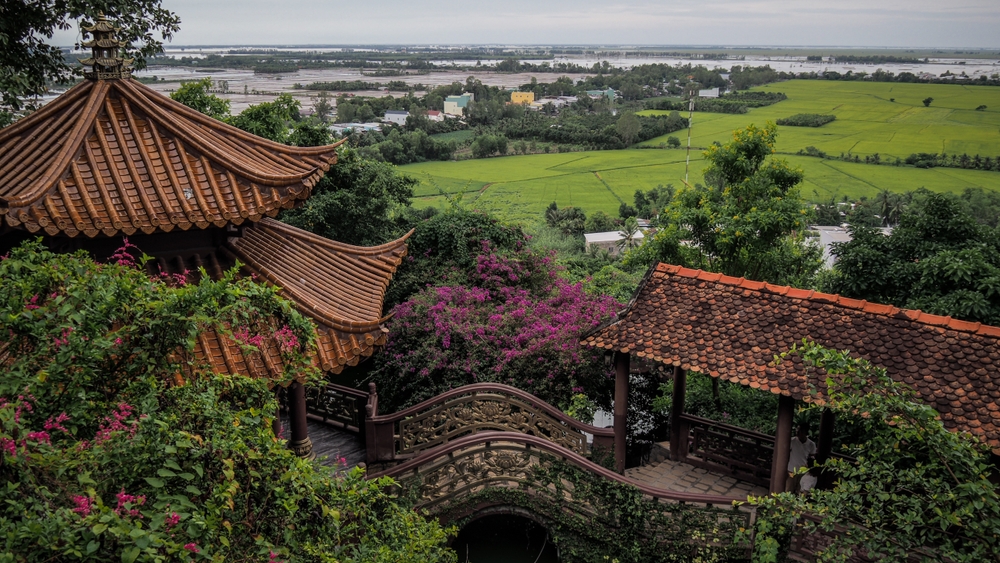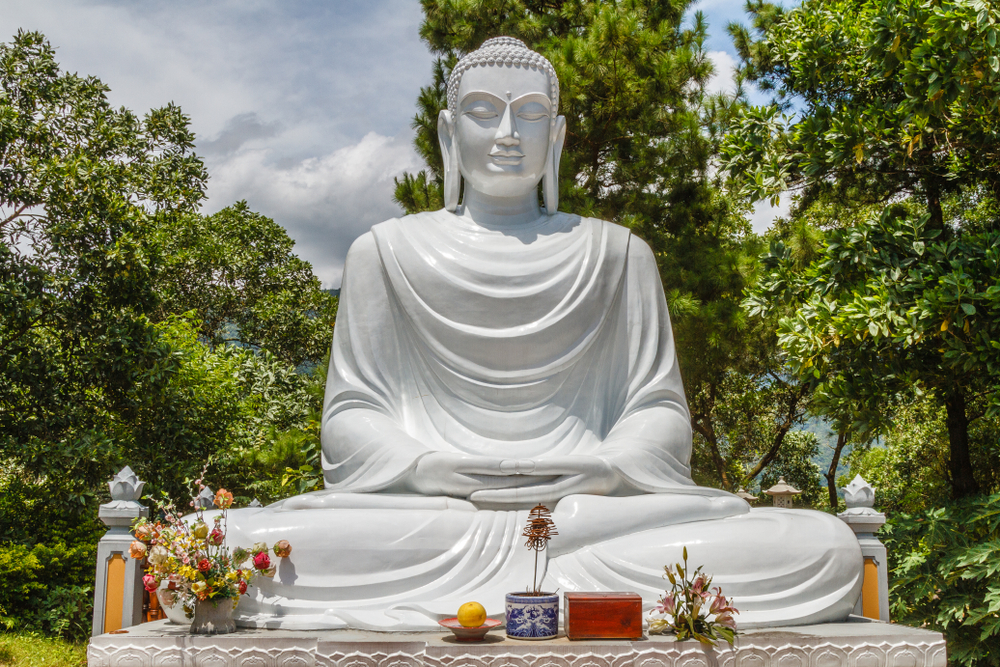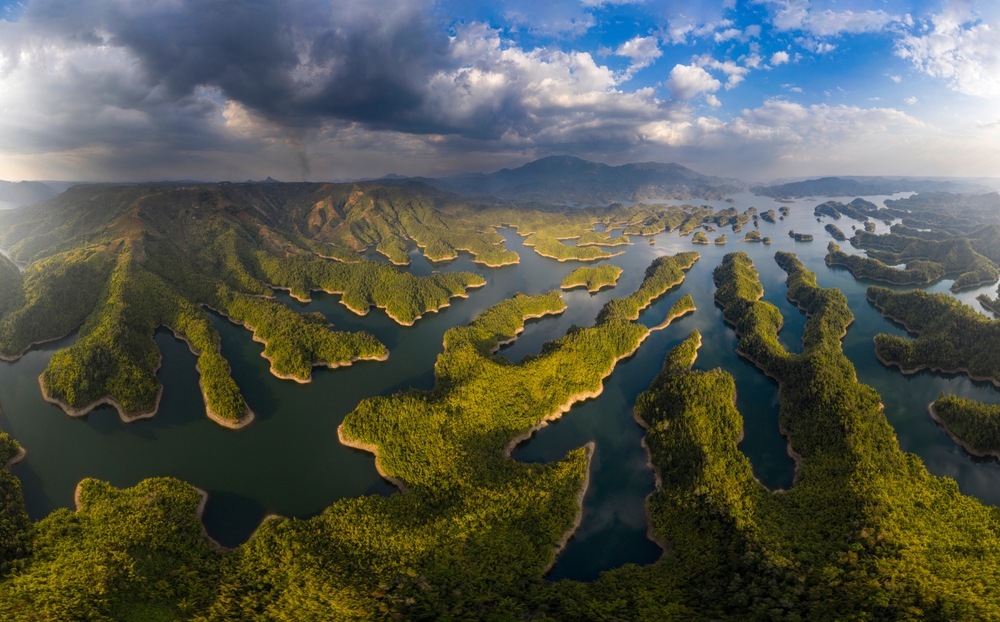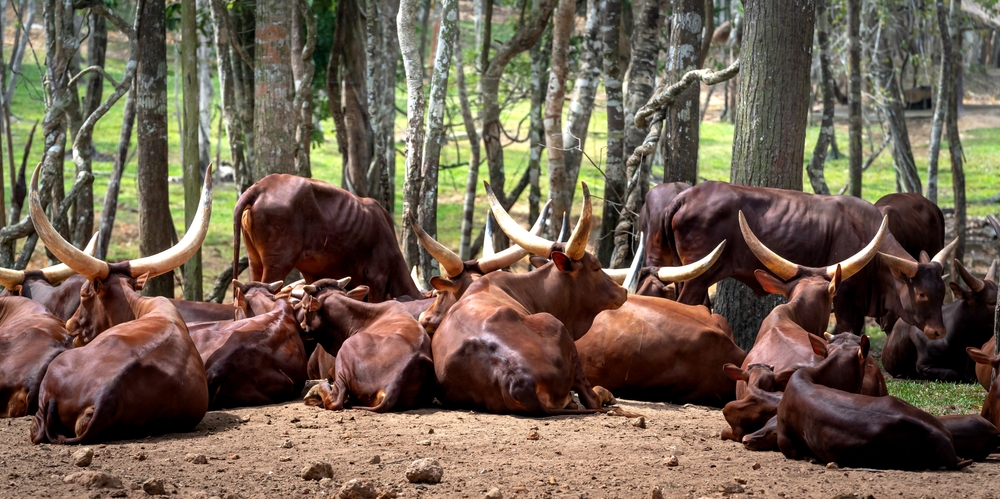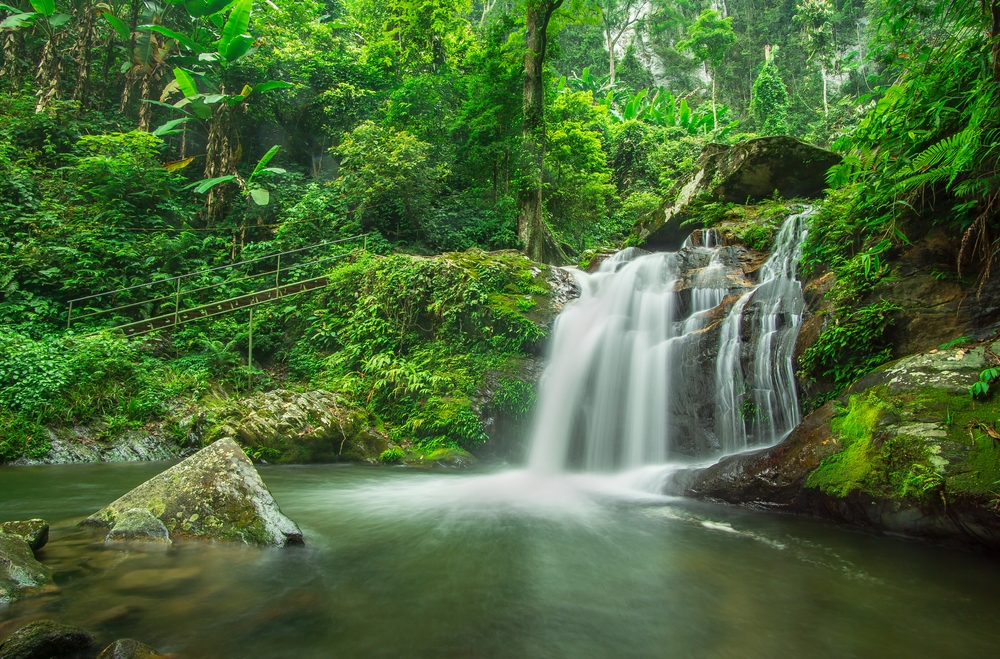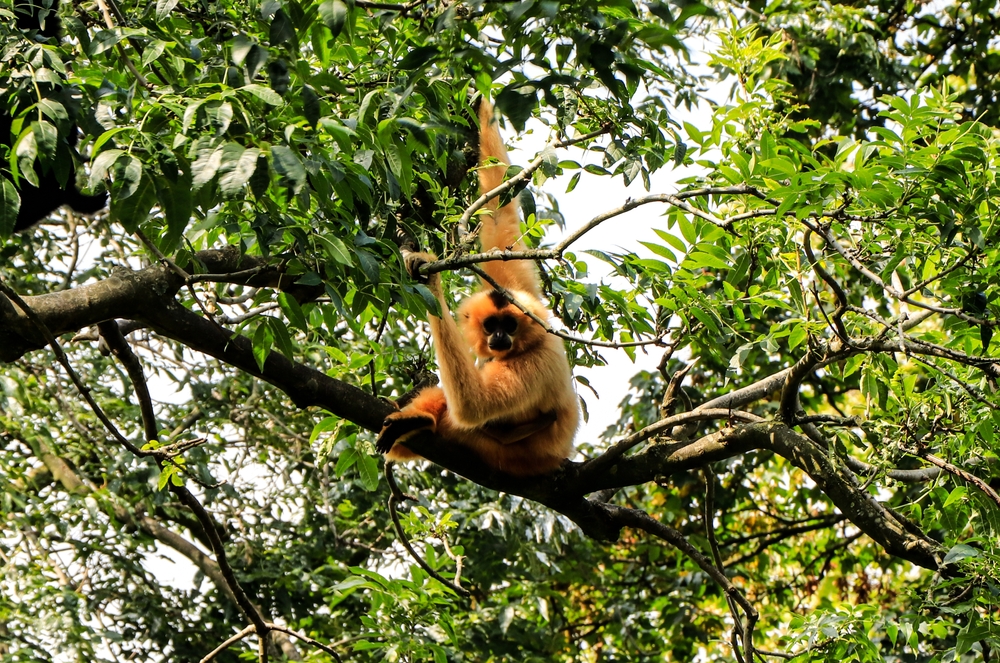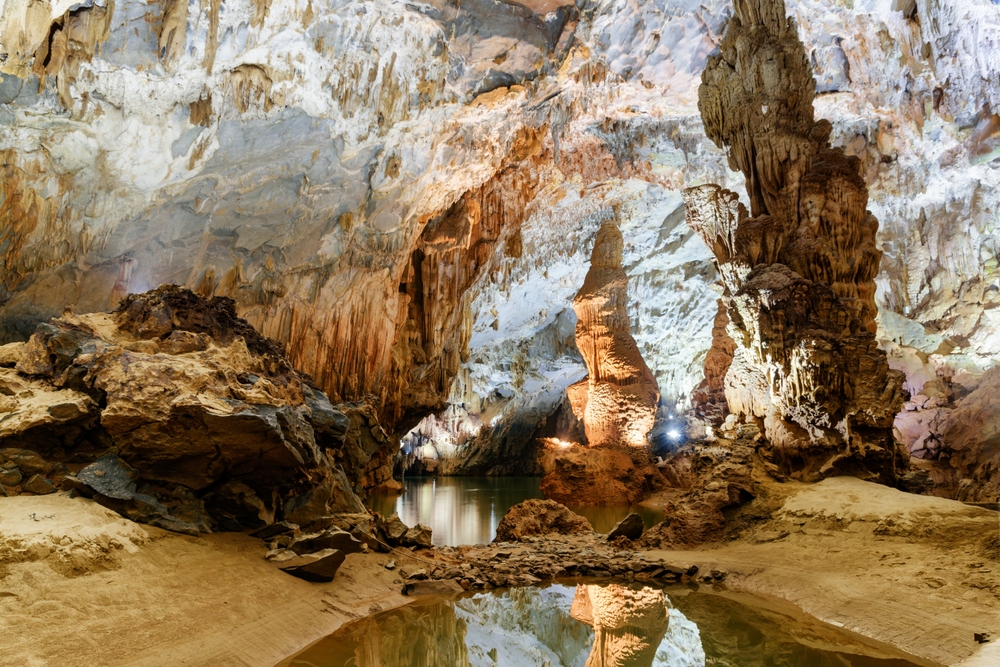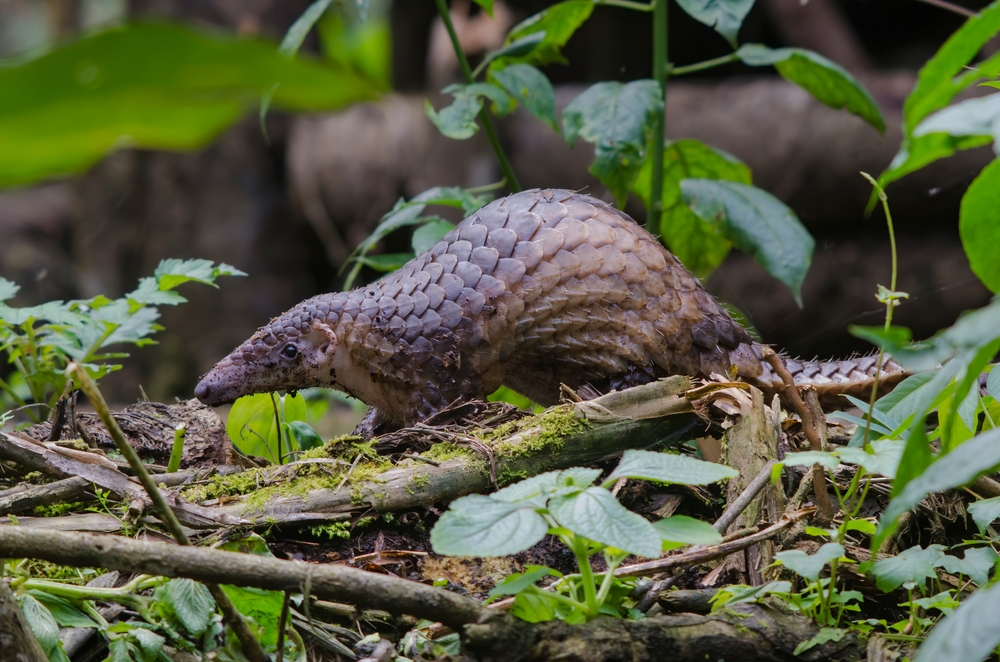Tràm Chim Overview
Tràm Chim National Park, known locally as Vườn Quốc Gia Tràm Chim, is a pristine natural sanctuary located in the Đồng Tháp Province of southern Vietnam. Covering an area of approximately 29.6 square miles (77 square kilometers), the park lies in the heart of the Mekong Delta.
This expansive wetland ecosystem is one of Vietnam’s most important natural reserves, preserving a vital piece of the delta’s ecology while serving as a haven for biodiversity. Tràm Chim’s name translates to “Melaleuca Forest of Birds,” a fitting descriptor for a park where lush vegetation and vibrant birdlife flourish.
The terrain of Tràm Chim National Park is dominated by marshlands, swamps, and seasonal flooded plains, interspersed with patches of Melaleuca forests and vast grasslands. During the flood season, the landscape transforms into a mosaic of aquatic habitats, brimming with life.
The park is particularly noted for its rich aquatic vegetation, including lotus flowers, water hyacinths, and towering reed beds, which provide essential shelter and sustenance for its inhabitants. The Tháp Mười Wetland, a key feature of the park, is a historical and ecological treasure, reflecting the traditional landscapes of the Mekong Delta before extensive agricultural development.
Wildlife enthusiasts are drawn to Tràm Chim for its extraordinary array of species, particularly its avian inhabitants. The park is a vital stopover for migratory birds, earning it recognition as one of the most important bird sanctuaries in Southeast Asia. It is home to over 230 bird species, including rare and endangered ones like the Sarus Crane (Grus antigone), the world’s tallest flying bird.
Other notable birds include painted storks, spot-billed pelicans, and Oriental darters. Mammals, though less abundant, include otters and various small rodent species. The wetlands also teem with fish, amphibians, and reptiles, which contribute to the ecological richness of the park.
Visitors to Tràm Chim can explore its beauty through various engaging activities. Boat tours are a popular way to navigate the waterways, offering a close-up view of the flora and fauna. Bird-watching enthusiasts can enjoy the thrill of spotting rare species, especially during the migratory season between November and May. Eco-friendly cycling and walking trails provide immersive ways to experience the park’s serene landscapes. Local guides often enhance these excursions with insights into the region’s ecology and the importance of wetland conservation.
Tràm Chim National Park has faced significant conservation challenges, including habitat loss, water management issues, and the impact of human activity. However, successful initiatives have been implemented to restore wetland habitats and maintain sustainable water levels. Community engagement in conservation efforts has also been pivotal, with locals playing a crucial role in protecting the park’s delicate ecosystem. These successes highlight Tràm Chim’s importance as a model for balancing ecological preservation with the livelihoods of nearby communities.








































































